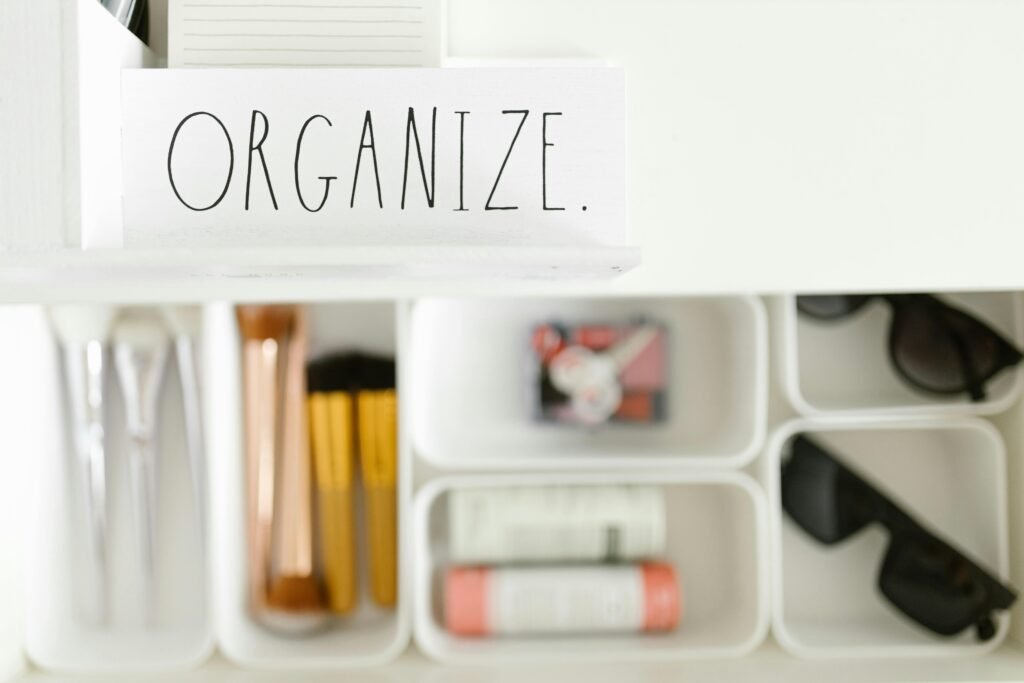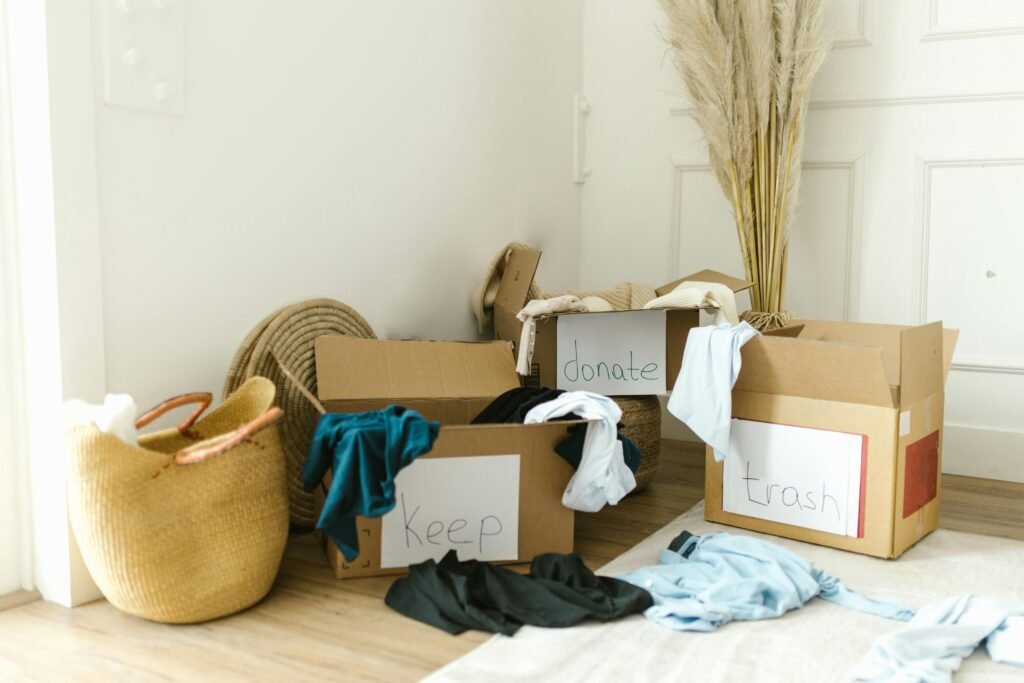If you’ve been around this blog for a while, you know I love a good DIY project or home refresh. But today, I want to talk about something a little deeper—something that doesn’t require paint, power tools, or even a trip to the hardware store: decluttering.
With a degree in Psychology, I’ve always believed that our surroundings deeply impact how we think, feel, and function. And after years of working on home projects, one truth keeps coming up over and over: clearing your space often clears your mind.
The Mental Weight of a Cluttered Home
We often think of clutter as a physical problem—too much stuff, not enough space. But what we don’t always talk about is how that physical clutter creates mental clutter, too.
Studies have shown that disorganized environments can increase feelings of stress, reduce focus, and even make it harder to relax in our own homes. When our space feels chaotic, it’s harder to think clearly, stay motivated, or feel at peace.
Sound familiar? You’re not the only one.

Why Decluttering Boosts Mental Clarity
Here’s how simplifying your space can support your mental health:
- Less visual noise = more mental calm
- Fewer decisions = reduced stress and anxiety
- A tidy environment = a sense of control and clarity
- Decluttering = an act of mindfulness and intention
When your surroundings are peaceful, your mind follows suit.

How to Start Decluttering Without Getting Overwhelmed
If the idea of decluttering your whole house feels daunting, don’t worry—you don’t have to do it all at once. The goal isn’t perfection. It’s creating a space that supports you mentally and emotionally.
Here are some manageable ways to get started:
1. Start Small
Pick one drawer, one shelf, or one corner. Focus on that. Decluttering in small bursts helps prevent overwhelm and builds momentum.
2. Use the 3-Box Method
Label three boxes: Keep, Donate, and Trash. Every item should go into one. This keeps decision-making simple and focused.

3. Declutter by Category
Try focusing on one category at a time—like clothes, books, or kitchen tools—rather than one room. This method, made popular by Marie Kondo, helps you see how much of one thing you really have.
4. Ask the Right Questions
When you’re unsure about something, ask:
- Do I use this regularly?
- Does it add value to my life?
- Would I buy this again today?
5. Let Go of Guilt
Holding on to things out of guilt (gifts you never used, clothes that don’t fit) only adds emotional weight. It’s okay to thank an item for its time and move on.
From Clutter to Calm: Why This Matters to Me
As someone who studied human behavior and mental health, I’ve seen firsthand how external order can influence internal peace. Decluttering isn’t just about aesthetics—it’s about creating a space that allows you to breathe, think, and be more clearly.
I know I usually share tutorials, project plans, and design tips. But none of that matters if the space doesn’t feel good to live in. And feeling good often starts with letting go of what no longer serves you.

Final Thoughts: Decluttering Is a Form of Self-Care
You don’t need a perfectly styled space to feel good in your home. Sometimes, simply removing the excess is enough to make room for calm, focus, and joy.
So if you’ve been feeling mentally foggy or stressed lately, maybe it’s time to clear a little space—not just on your shelves, but in your mind, too.
What’s one area in your home you’ve been meaning to declutter? Let me know in the comments.
And if this post helped you see your home in a new light, feel free to share it with someone who could use a little clarity too.
